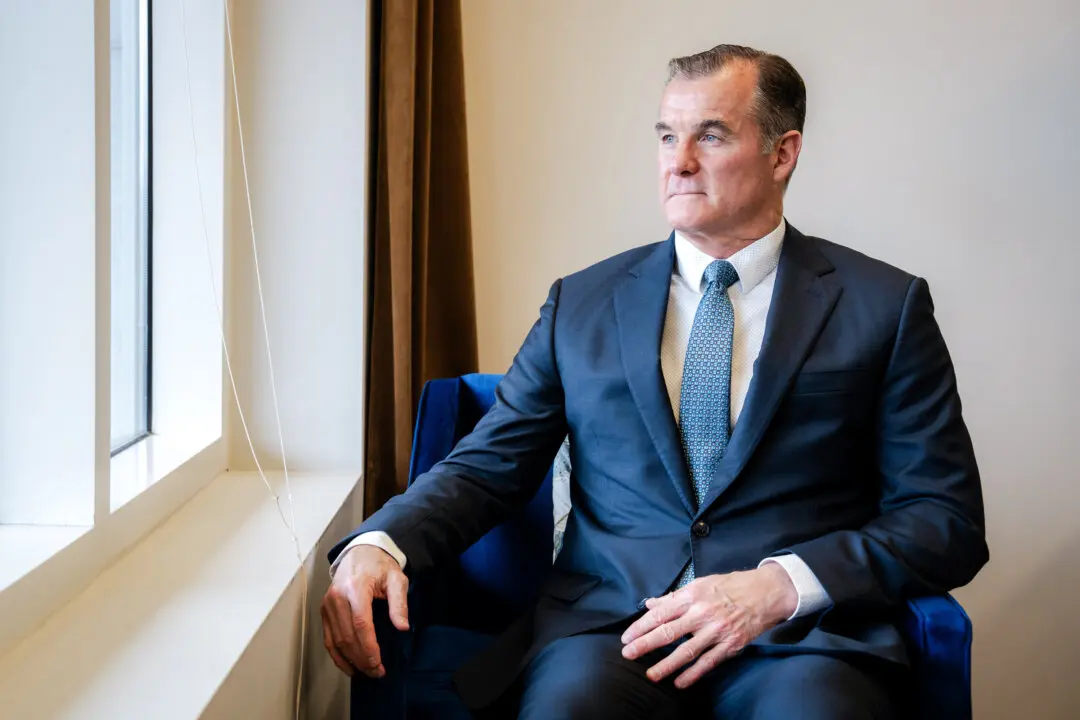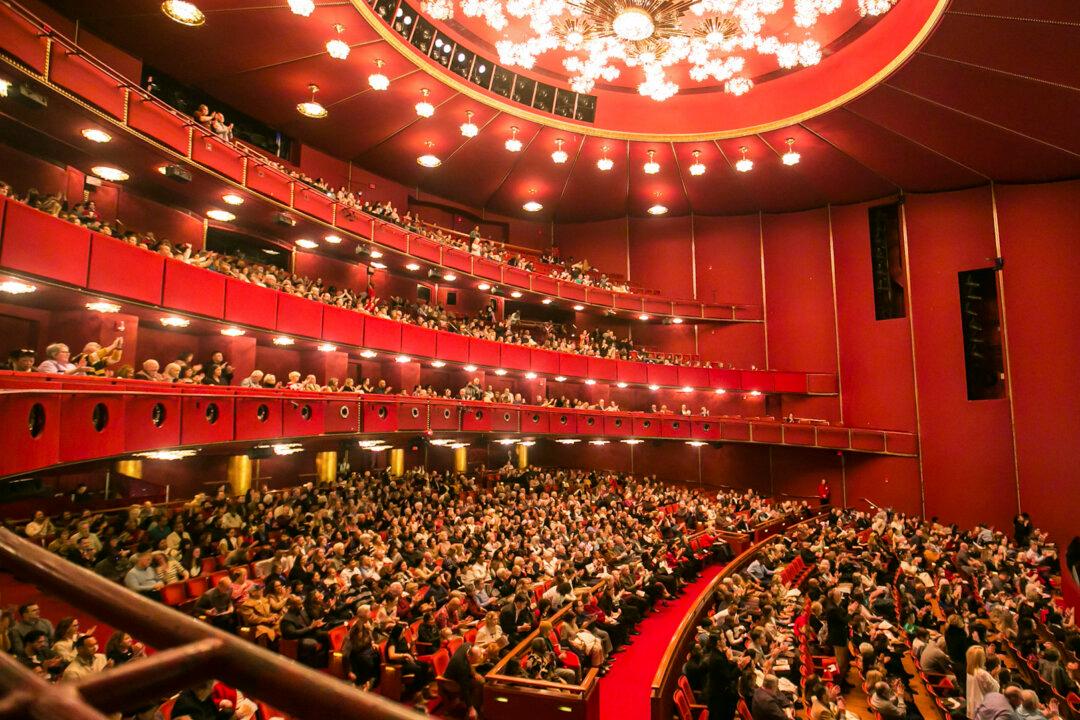NEW YORK—Karina Hurtado-Ocampo, 26, born and raised in Jackson Heights, remembers getting out of the subway station at 74th Street in Queens and seeing the long lines, at the two taco carts, that would continue far down Roosevelt Avenue.
The abundance of street food was characteristic of the neighborhood, and many knew the vendors by name.
It’s a working-class, 24-hour neighborhood, Hurtado-Ocampo explained, and the residents could buy from the vendors no matter when they got home from work.
Now the vendors have been replaced by a pizza chain store. It’s just one piece of the rapidly changing neighborhood, but it prompted Hurtado-Ocampo to start taking photographs, to document her home and community lest it be lost forever.
“You grew up in the space, and all of a sudden the memories that were once there and the physical reminder of those memories are no longer there,” said Hurtado-Ocampo at the opening of Right to Remain, an exhibition of photos taken by people documenting their own communities across various neighborhoods.
The photos are on display Oct. 5–19 from Wednesdays to Sundays, 1 p.m.-7 p.m. at 11-27 44th Road in Long Island City, Queens.





